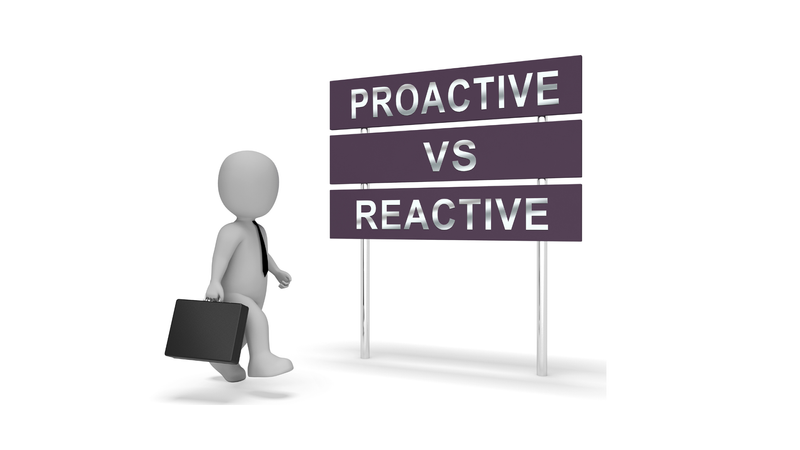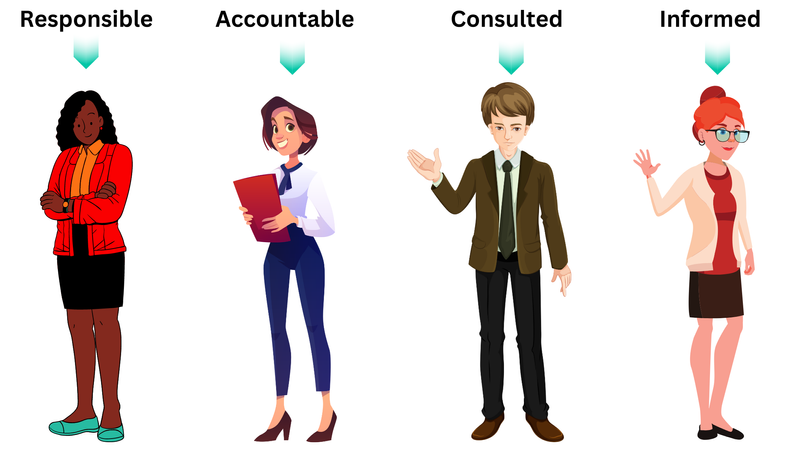ITIL vs Other Best Practices: Which Is the Best One?
Discover which IT best practice suits your organization best. Compare ITIL, COBIT, Agile, and ISO/IEC 20000 for service management, governance, and flexibility. Choose the right framework for your goals and industry.
Introduction
- Current Relevance of Best Practices in IT Service Management
- The evolving landscape of IT service management (ITSM) has seen organizations leverage various frameworks to remain competitive and compliant.
- Importance of Choosing the Right Framework
- The necessity of selecting a framework that aligns with an organization’s size, industry, and goals.
- Objective
- To evaluate ITIL against other best practices and provide insights into which might be best for different scenarios.
According to a 2024 report by Avasant, approximately 72% of organisations have adopted ITIL
1. What Is ITIL?
- Definition and Purpose of ITIL
- ITIL is a set of practices designed to align IT services with the needs of businesses and is widely recognized as the leading ITSM framework.
- History and Evolution
- Originated in the 1980s by the UK government and has since evolved to ITIL 4, which emphasizes integration with modern practices like Agile and DevOps.
- Key Components and Processes in ITIL
- Service Strategy, Service Design, Service Transition, Service Operation, and Continual Service Improvement (in ITIL v3).
- ITIL 4 includes guiding principles that focus on value co-creation and flexibility.
- Benefits of Implementing ITIL
- Enhanced service quality, better alignment with business strategies, improved risk management, and structured continuous improvement.
2. Key Competitors to ITIL
- COBIT (Control Objectives for Information and Related Technologies)
- Overview: COBIT is a framework developed by ISACA for IT governance and management.
- Main Focus: Helps organizations develop, implement, monitor, and improve IT governance and management practices.
- Benefits: Strong control over processes, risk management, and regulatory compliance.
- ISO/IEC 20000 (International Standard for IT Service Management)
- Introduction: A standard that specifies the requirements for an IT service management system (SMS).
- Alignment: It can work alongside ITIL as ITIL provides the "how," while ISO/IEC 20000 is the "what."
- Agile and DevOps Practices
- Explanation: Agile emphasizes iterative development, flexibility, and customer collaboration. DevOps focuses on the integration of development and operations for faster delivery.
- Key Differences: Unlike ITIL's structured approach, Agile and DevOps promote adaptability and a culture of collaboration.
- Other Notable Frameworks
- TOGAF (The Open Group Architecture Framework): For enterprise architecture.
- CMMI (Capability Maturity Model Integration): Used for process improvement.
- Lean: Focuses on reducing waste and optimizing processes.
Choosing between ITIL and other best practices isn’t about finding the 'best' one, but identifying the right mix that aligns with your business goals, culture, and maturity." – Alex Carter, IT Service Management Expert
3. Comparison Criteria
- Scope and Focus Areas
- ITIL focuses on service management; COBIT emphasizes IT governance; Agile and DevOps promote flexibility and continuous delivery.
- Flexibility vs. Standardization
- ITIL and ISO/IEC 20000 offer standardized approaches, while Agile and DevOps offer more flexibility.
- Cost and Resource Requirements
- ITIL and COBIT may require significant investment in training and implementation. Agile/DevOps can be more cost-effective but may require culture shifts.
- Implementation Complexity
- ITIL and ISO/IEC 20000 can be complex and may take longer to implement compared to Agile or Lean methodologies.
- Certification and Recognition
- ITIL and ISO certifications are highly recognized in the IT industry, COBIT has strong governance certification, and Agile/DevOps focus more on practical skill development.
4. ITIL vs Other Frameworks: A Comparative Analysis
- ITIL vs COBIT
- ITIL is more service-oriented, while COBIT is governance-focused. ITIL might be preferable for organizations prioritizing service optimization, whereas COBIT suits those looking for regulatory adherence.
- ITIL vs ISO/IEC 20000
- ISO/IEC 20000 sets the standard, and ITIL provides practical guidance for meeting that standard. Organizations may choose ISO/IEC 20000 for global recognition.
- ITIL vs Agile/DevOps
- ITIL’s structured methodology may feel restrictive for rapidly evolving environments where Agile/DevOps thrive. However, ITIL 4’s guiding principles align more closely with Agile practices, bridging the gap between tradition and innovation.
5. Which Framework Is Best for Your Organization?
- Identifying Organisational Needs and Goals
- Assess if your focus is on governance, flexibility, compliance, or service optimization.
- Assessing Organizational Maturity
- Maturity in processes and existing structure can influence whether a comprehensive framework like ITIL or a more flexible one like Agile is suitable.
- Considering Industry Standards and Requirements
- Regulatory-heavy industries may benefit from COBIT or ISO/IEC 20000, while tech and startup sectors might lean towards Agile and DevOps.
6. Hybrid Approaches: Combining ITIL with Other Best Practices
- Benefits of a Hybrid Approach
- Offers the strengths of multiple frameworks, catering to various needs such as governance, speed, and service quality.
- Commonly Combined Frameworks
- Examples include ITIL and COBIT for balanced service management and governance, or ITIL and Agile/DevOps for structure and rapid development.
- Steps to Implementing a Hybrid Model
- Start with a clear strategy, training, and aligning teams. Gradually incorporate principles from multiple frameworks while ensuring they complement rather than conflict with each other.
Conclusion
- Summarize how ITIL, COBIT, ISO/IEC 20000, Agile, and DevOps each have unique advantages.
- Emphasize that the choice depends on factors like organisational goals, industry standards, and maturity.
- Final thought: No single practice is universally superior; hybrid approaches often deliver the best outcomes.
FAQ Section
1. What makes ITIL different from other best practices like COBIT or Agile?
ITIL stands out as a comprehensive framework for IT service management, focusing on aligning IT services with business needs and providing structured processes for service delivery and improvement. COBIT, on the other hand, is more focused on IT governance and management, ensuring compliance and risk control.
Agile and DevOps emphasize flexibility, collaboration, and speed, allowing for rapid development and adaptability. The main difference lies in ITIL’s structured approach versus the governance focus of COBIT and the iterative, team-oriented nature of Agile and DevOps. Each framework serves different organizational needs based on goals and maturity.
2. Can ITIL be combined with other frameworks like Agile or ISO/IEC 20000?
Yes, ITIL can be effectively combined with other frameworks to enhance organizational processes. ITIL’s structured service management approach complements Agile’s iterative methods, creating a balanced environment that ensures quality service while maintaining flexibility.
For organizations aiming for compliance, ITIL aligns well with ISO/IEC 20000 standards, where ITIL provides practical process guidance and ISO/IEC 20000 ensures adherence to global requirements. Adopting a hybrid approach allows organizations to benefit from multiple strengths, such as maintaining process discipline through ITIL while embracing Agile's adaptability or COBIT’s robust governance for strategic oversight.
- "Which best practice framework has your organisation found most effective: ITIL, Agile, COBIT, or another? What were the main benefits or challenges you encountered?"
- "Have you tried combining ITIL with other frameworks like Agile or DevOps? If so, what strategies did you find helpful for integrating these practices successfully?"
- "In your opinion, how important is it to tailor IT best practices to align with specific business goals and industry requirements? Share your experiences or insights!"






